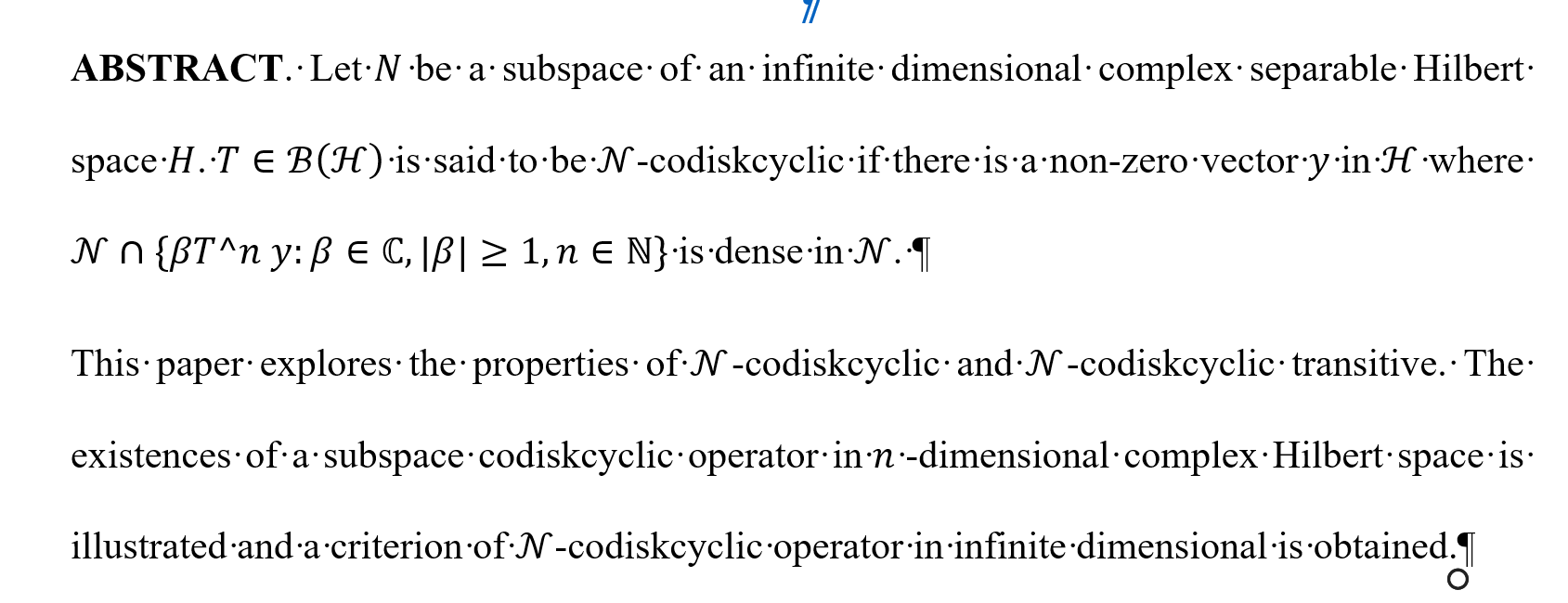
 (1)
(1)
Throughout this work we introduce the notion of Annihilator-closed submodules, and we give some basic properties of this concept. We also introduce a generalization for the Extending modules, namely Annihilator-extending modules. Some fundamental properties are presented as well as we discuss the relation between this concept and some other related concepts.
 (1)
(1)
 (4)
(4)
 (2)
(2)
Most of the Weibull models studied in the literature were appropriate for modelling a continuous random variable which assumes the variable takes on real values over the interval [0,∞]. One of the new studies in statistics is when the variables take on discrete values. The idea was first introduced by Nakagawa and Osaki, as they introduced discrete Weibull distribution with two shape parameters q and β where 0 < q < 1 and b > 0. Weibull models for modelling discrete random variables assume only non-negative integer values. Such models are useful for modelling for example; the number of cycles to failure when components are subjected to cyclical loading. Discrete Weibull models can be obta
... Show More (1)
(1)
Let M be an R-module, where R is a commutative ring with unity. A submodule N of M is called e-small (denoted by N e  M) if N + K = M, where K e  M implies K = M. We give many properties related with this type of submodules.
Let R be a commutative ring with identity and M be a unitary R- module. We shall say that M is a primary multiplication module if every primary submodule of M is a multiplication submodule of M. Some of the properties of this concept will be investigated. The main results of this paper are, for modules M and N, we have M N and HomR (M, N) are primary multiplications R-modules under certain assumptions.
 (4)
(4)
 (1)
(1)
Jordan curve theorem is one of the classical theorems of mathematics, it states the following : If is a graph of a simple closed curve in the complex plane the complement of is the union of two regions, being the common boundary of the two regions. One of the region is bounded and the other is unbounded. We introduced in this paper one of Jordan's theorem generalizations. A new type of space is discussed with some properties and new examples. This new space called Contractible -space.
Let be a commutative ring with an identity and be a unitary -module. We say that a non-zero submodule of is primary if for each with en either or and an -module is a small primary if = for each proper submodule small in. We provided and demonstrated some of the characterizations and features of these types of submodules (modules).
